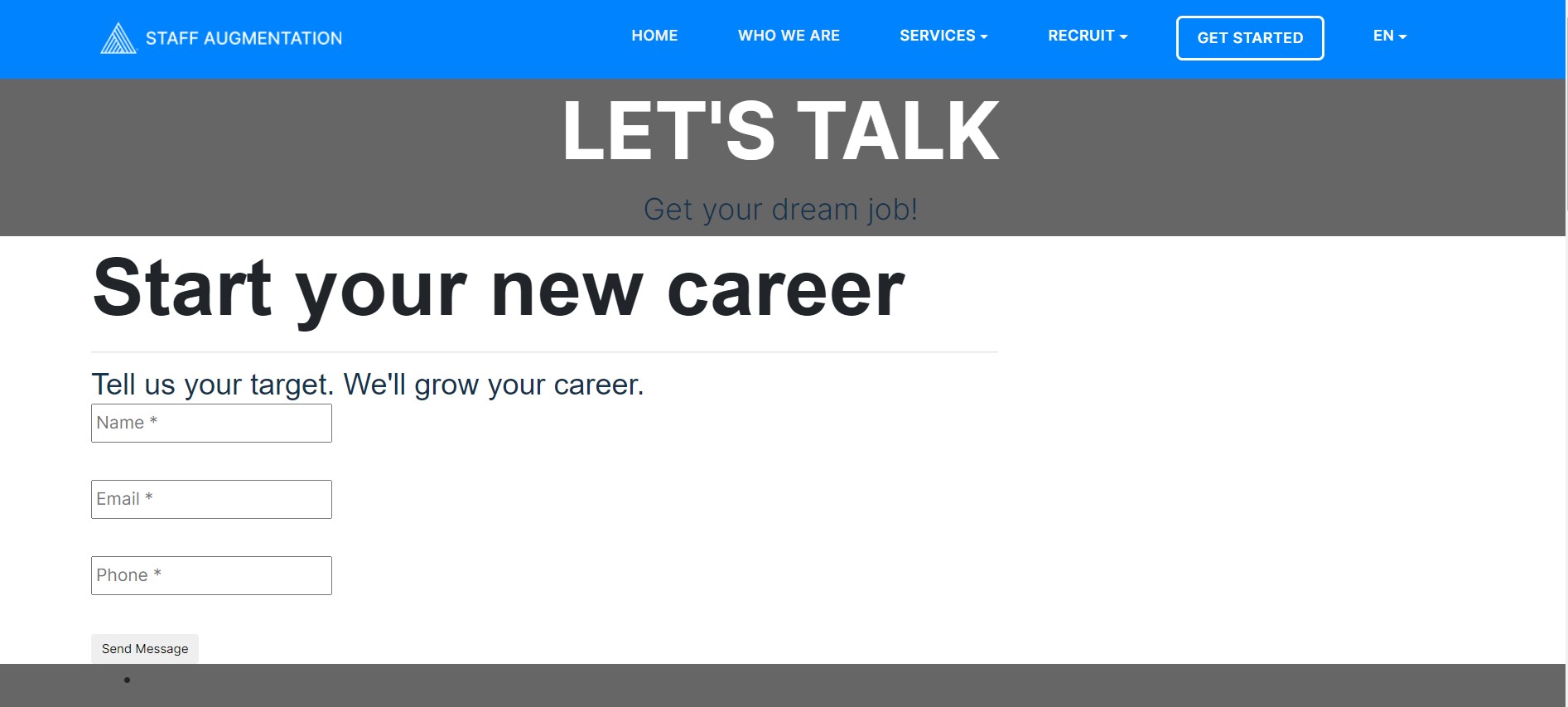Every company today needs a website or a mobile application and these software solutions are connected to a server in the backend. Backend development is an important part of the development process and there are many programming languages that can be used – among the most popular ones are Python, PHP, JavaScript, Ruby, and C#.
If you are wondering which one to choose – read on to find out more about the main features of Python and PHP and which one is better for backend development.
PHP and Python – main pros and cons
PHP is probably the most popular open-source scripting language, mainly because of its capability to generate dynamic page content. Also, it can collect data and receive cookies, and provides the ability to update, change and delete data in the database. PHP can work on various operating systems and is compatible with most servers. It is easy to learn and supports different types of databases.
Python is an object-oriented language that supports many libraries. It can handle big data, modify files, and perform complicated calculations. Python can work on different platforms and is easy to learn and use so it can be used by less experienced developers. The syntax is easy to understand, change, and debug, and there is the option to test the solution well before its launch.
Ease of Learning
When comparing PHP and Python, the latter is considered much easier to learn. Since it has a simple syntax and readable code, Python is faster and easier to learn than PHP and respectively, is preferred for building websites and applications. PHP is suitable for more complex solutions since it does not suit general purposes. It is more suitable for experienced developers since beginners will need to spend significantly more time with PHP compared to Python.
Community
Both languages have a powerful community behind them. As PHP and Python have been on the market for a while, there are thousands of developers using them and ready to provide a solution and support.
Documentation
You will find broad documentation for both PHP and Python. Take advantage of various forums, websites with tutorials, discussions, and groups where you can find numerous documentation of how to develop software solutions with Python or PHP.
Pricing
Both PHP and Python are open-source so they are free to download and use.
Library Support
So far there have not been significant differences between PHP and Python but there are some when it comes to library support. Python has a well-developed extensive library with support for most types of applications. There are also many great machine learning libraries that are great for web framework integration. PHP falls behind in terms of library support but Packagist is a good basis.
Speed
After the new updates, PHP has become much quicker than it used to be. But when it comes to working with big data, mathematics, or text parsing, Python is much better in terms of speed.
Overall, both PHP and Python are great for backend development but depend on the requirements, range of functions and business goals – Python is general-purpose, while PHP is more for web solutions.












